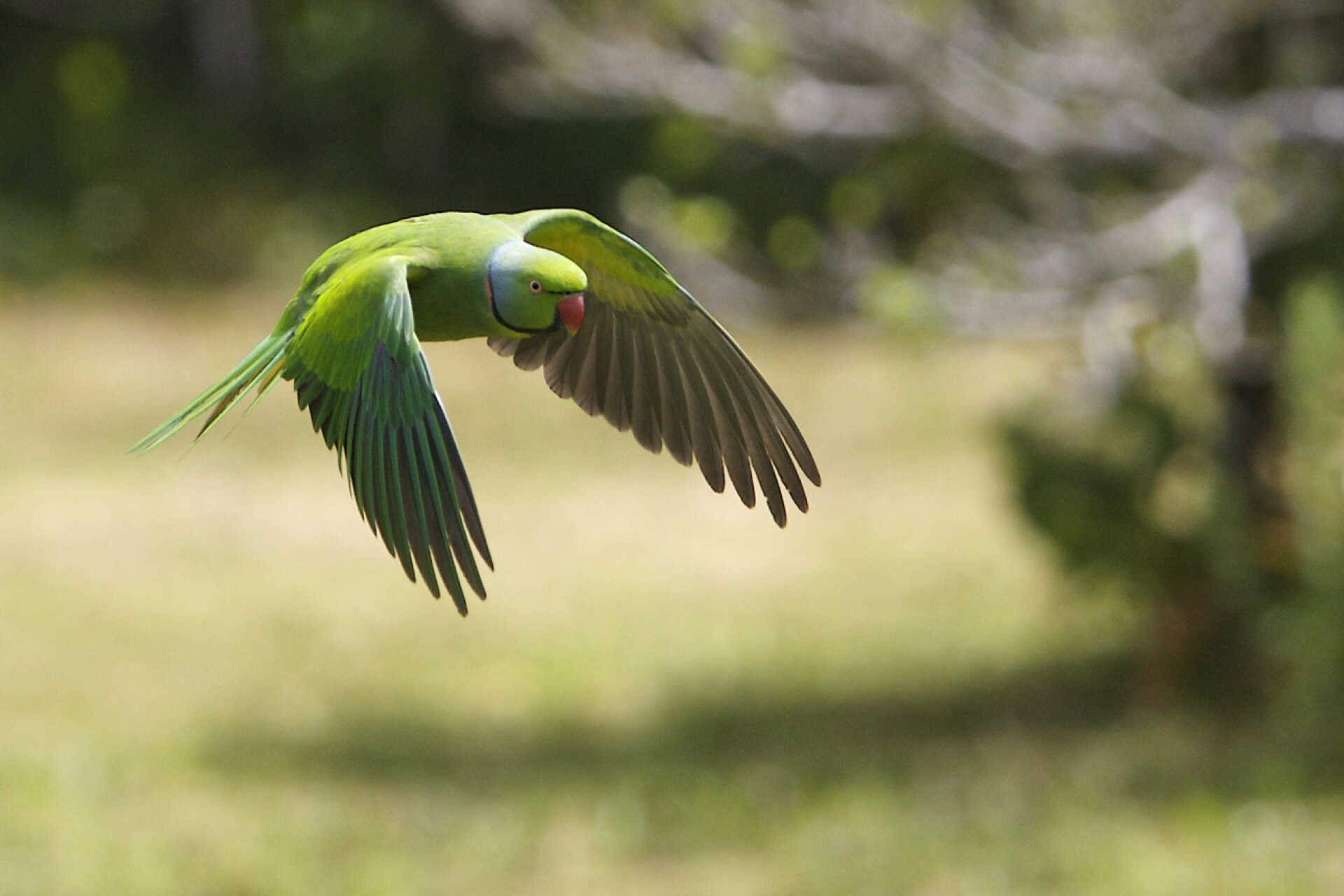
Genomic analysis of extinction risk in birds - Professor Jim Groombridge
Understanding predictors of extinction risk is crucial to address the global biodiversity crisis. Whilst ecological predictors of extinction are well-known, the impact of genomic diversity is less-well understood. Reference genomes and resequencing data for many hundreds of species have become available to guide conservation, and the next challenge is to integrate these data with detailed ecological data and IUCN Red List of these species.
This PhD project will (i) identify and study genome features that can predict extinction risk across two well-studied groups of birds, parrots (Psittaciformes, 421 species) and falcons (Falconiformes, 66 species), and (ii) test whether immunogenomic diversity (and other genomic features) can predict species-specific differences in susceptibility to two viruses that are emerging infectious diseases.
The parrots and falcons share a recent evolutionary history and yet comprise the full range of Red List status, from non-threatened to extinct species, as well as highly invasive species. In this PhD studentship we ask the question what makes species vulnerable to extinction, and what makes others such successful invaders? Furthermore, each group of birds harbours a well-documented viral pathogen; Beak and Feather Disease Virus (BFDV) in Psittaciformes and Falcon adenovirus in Falconiformes. Closely related species differ markedly in their susceptibility to these viruses (i.e., mortality rate), and the PhD student will determine what underpins these differences.
The student will compile whole genome sequences for each of the ~500 species from the available databases. Genomes for missing extant species will be sequenced using modern and museum samples accessible through existing collaborations with the zoo community. Extinct species will be sampled via museum collaborations. Genome data will be analysed using bioinformatic tools (including those developed by the supervisory team). Viral pathogen prevalence across each group will be data-mined from published literature.
The student will receive comprehensive training in conservation biology and genomics of extant species DICE (Kent), theoretical evolutionary genomics (UEA), museum DNA sequencing and SLiM modelling (GLOBE Institute, University of Copenhagen).
We seek a highly motivated individual with expertise in bioinformatics, a strong academic background in natural sciences and a keen interest in conservation science.
Candidates should apply using the online application form, indicating the project they wish to be considered. Deadline to submit a form is 10th January 2024, 23:59 GMT.
You will need to upload: